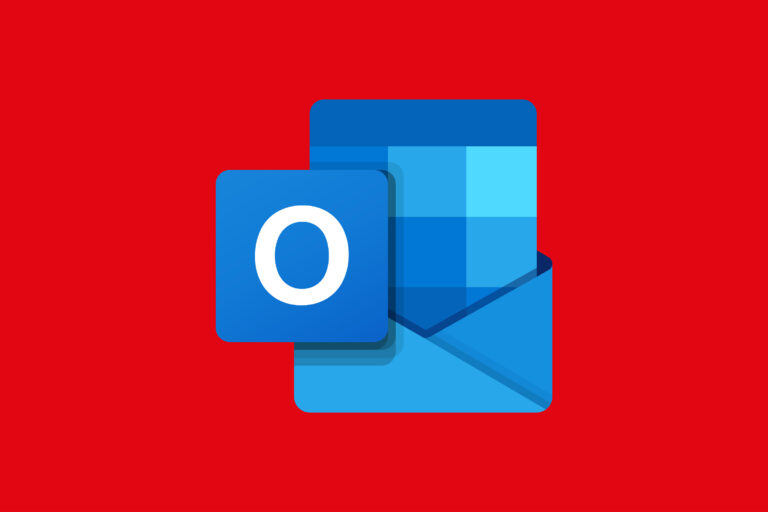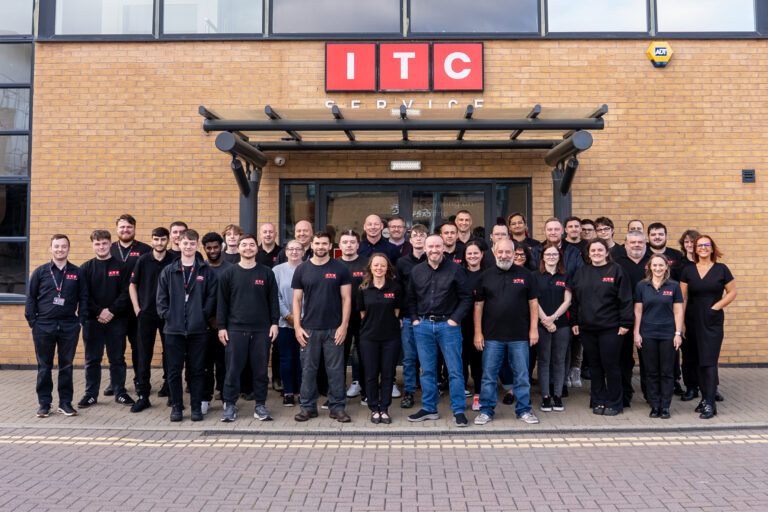Have you ever found yourself politely nodding along when someone mentions an “MSP”, with no idea what they are talking about? You’re not alone.
MSP is one of many tech acronyms that are thrown around – particularly so within business conversations, but in plain English, MSP stands for Managed Service Provider.
MSP = Managed Service Provider
An MSP acts as an external IT team and partner, giving you the benefit of a full IT department within your business. They help handle your technology, from day-to-day IT to long-term strategy. Without the need for a large staffing investment on your part, or even supplementing your internal IT team.
Your MSP partners are on hand when you need them (and even, often, before you’ve realised you need them), working behind the scenes to keep things running smoothly, giving you the peace of mind that you’re protected.
What do MSPs do?
It’s fair to say that MSPs can often operate quite differently, though broadly speaking, there are a few core services which form the primary components of most MSP offerings.
- IT Support – Helping your team with everyday tech issues like forgotten passwords or printer tantrums
- Cyber Security – Keeping your systems safe from viruses, hackers, and other digital threats
- Cloud Services – Managing tools like Microsoft 365, Teams, and cloud storage
- Backups & Disaster Recovery – Making sure your data is safe and can be restored if something goes wrong
- Monitoring & Maintenance – Keeping an eye on your systems 24/7 to spot problems before they cause disruption
- Strategic Advice – Helping you plan for the future with the right tech in place
In short, most MSPs strive to take the stress out of your IT set-up and maintenance by stepping in to support, guide and help you in achieving your technology goals.
What is the difference between an MSP and IT Support?
When businesses talk about IT support, they’re often referring to a reactive service – something breaks, and someone fixes it. This is the traditional break/fix model. It’s useful in a pinch, but it doesn’t always prevent problems before they happen.
An MSP on the other hand, offers a proactive, strategic approach to IT. Think of it like the difference between calling a mechanic when your car breaks down versus having a full-time team that maintains your vehicle, keeps it fuelled, and alerts you before anything goes wrong.
Why Do Businesses Use MSPs?
Businesses turn to Managed Service Providers (MSPs) because they offer a cost-effective way to access expert IT support without the overhead of a full in-house team.
Whether you’ve got five employees or five hundred, an MSP can scale with your needs – providing the right level of support as you grow. If you already have an in-house IT resource, working with an MSP can be a great way to supercharge that resource and give them access to tools and resources they wouldn’t be able to get in other ways.
You also gain instant access to a whole team of specialists who live and breathe IT, so there’s no need to recruit or train internally. Access to a larger teams means fewer problems that haven’t already been solved.
Most importantly, having someone proactively monitoring your systems gives you peace of mind that your technology is in safe hands – even when you’re not in the office.
Is an MSP Right for You?
If you’re part of a small to medium-sized business without a dedicated IT team – or with your current resources stretched thin – an MSP could be a game-changer for you.
Having an MSP isn’t just about fixing things when they break, it’s about taking a pro-active approach to your IT infrastructure, preventing problems rather than fixing, improving efficiency and helping your business grow with the right tech in place alongside a partner you can trust.
Looking for your next IT Business Partner?
Get in touch with our team today, we’d love to chat with you, find out more and see how we can work together to achieve your IT goals.








